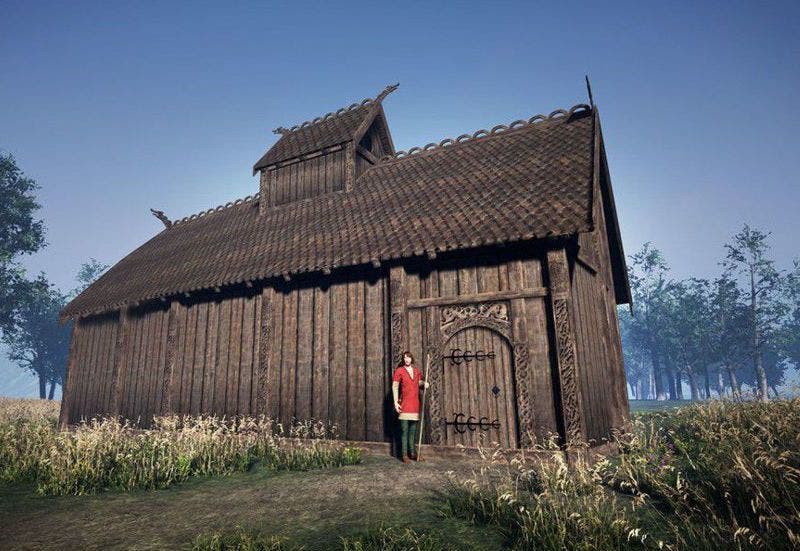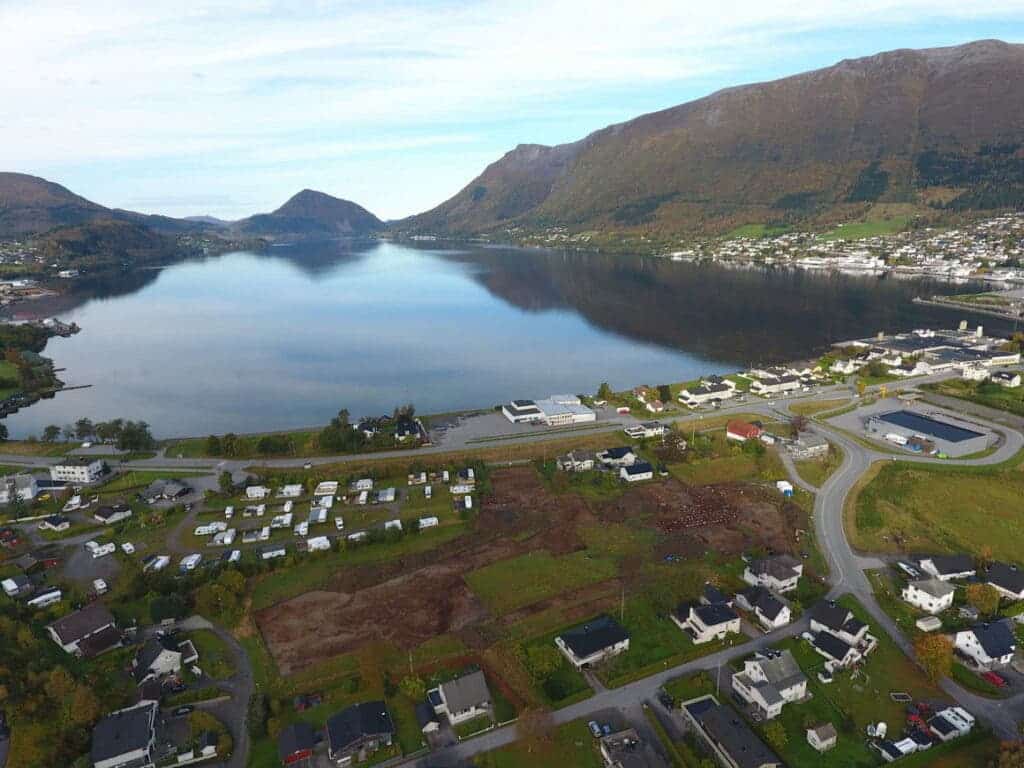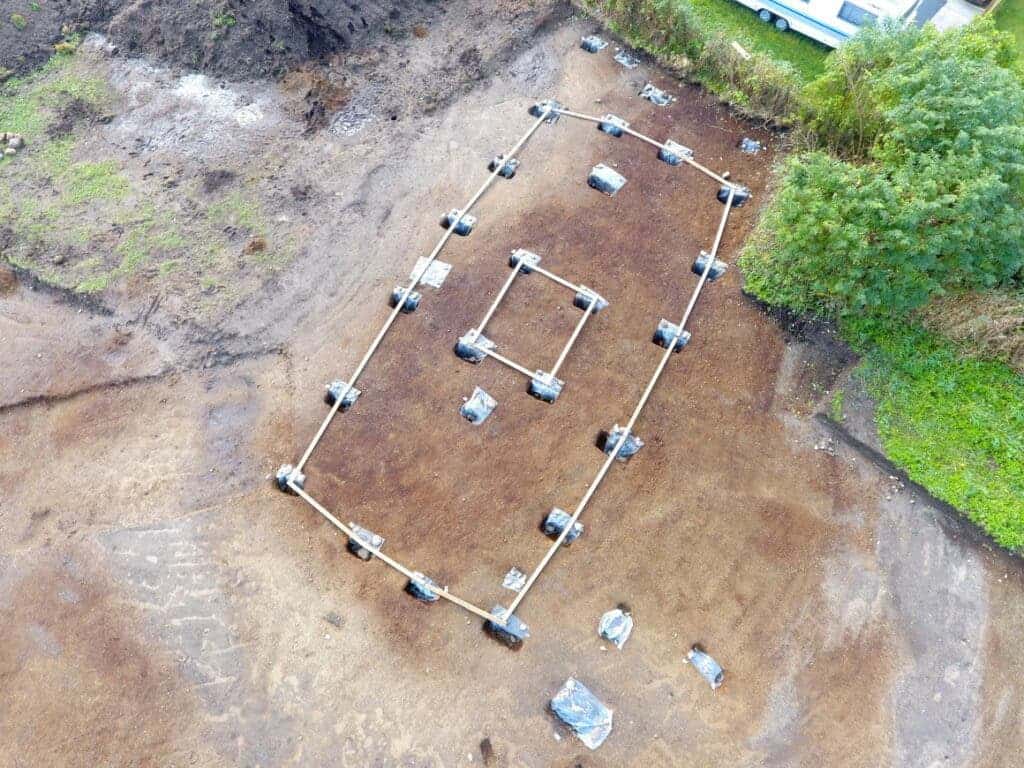Feasts and fertility celebrations would have been carried out at the site, before Christianity came along and purged Norse religion.

The Godhouse
By the end of the Viking period around 1050, most Vikings were Christians. But before that, they would famously pray to the Norse pantheon, which features gods like Thor or Odin. The transition wasn’t exactly smooth or clear: the two belief systems often intertwined and influenced each other in Scandinavia.
To this day, pagan celebrations of midsummer and midwinter remain very popular across the area, and in medieval times, they were extremely important to Norse society. The recently discovered “godhouse” was probably used for these celebrations — a large “phallus stone” found in 1928 supports this theory, as midsummer is essentially a fertility celebration.
Archaeologists have found this type of godhouse before, but never preserved as clearly as this one.
“We have discovered the most perfectly shaped godhouse of all the finds so far—I know of no other Scandinavian buildings in which the house construction is as clear as it is here,” Bergen University Museum architect Søren Diinhoff, who helped lead the excavation, tells Syfy Wire’s Elizabeth Rayne. “I think our building is central to document and verify this very special architecture.”
Archaeologists from Norway’s University Museum of Bergen unearthed the remains of the 8th-century structure in the village of Ose during construction work for new houses. Hidden between the fjords, Ose is a quaint little village, still embodying the vibe of Norwegian sagas and legends, while also looking towards the future — hence the new housing development.

The godhouse building itself is long gone, but the foundation can still tell us a lot about Norse society at the time. The building appears to have been 45 feet long, 26 feet wide, and up to 40 feet tall (14 x 8 x 12 meters). The fact that it was such a large building already shows that Norse society was in a transition stage.
In the Christian world, religion was centralized. You have large churches that operate as temples. Churches were often imposing and grand — spectacular architecture that would inspire devotion by making the viewer feel humble and awed. Nordic society, on the other hand, practiced outdoor prayer. Temples were smaller and more localized, and prayer was more intimate.
Things started to change in the 6th century when Norse populations made more contact with the rest of Europe. That’s when the first godhouses started to emerge. As the centuries passed, they started to look like Christian churches more and more. This particular building even featured a church-like tower, which would have been rather unusual in previous centuries.
But Norse gods remained the object of worship.

Archaeologists found cooking pits and animal bones that predate the building itself, as well as figurines depicting gods such as Odin or Thor. This all suggests the site was used for midsummer and midwinter celebrations for a long time. These would have featured lavish feasts, a good old fashioned pagan ritual. The researchers also found two traditional longhouses that contained a circular area, a shape often associated with religious practice in Nordic societies.
Ultimately, Norse religion was purged and Christianity became dominant in Scandinavia. Many Norse buildings were burned and destroyed in this purge, but it’s unclear if the one at Ose suffered the same fate. Researchers will assess the building remains to see if this was indeed the case.






